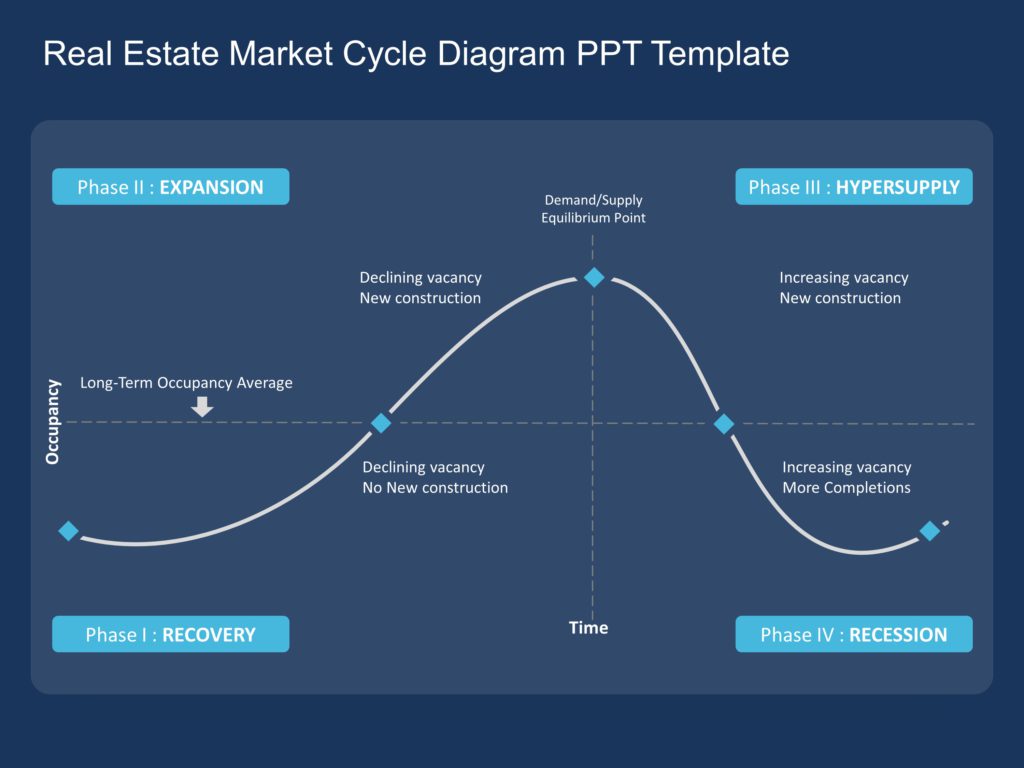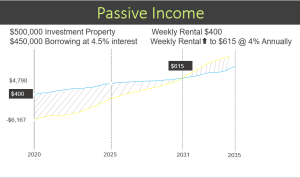Understanding the Real Estate Market Cycle is essential for anyone looking to navigate the complexities of real estate investments and market dynamics. This cycle encompasses various phases, from expansion to contraction, each presenting unique opportunities and challenges. By grasping these phases, investors can make informed decisions, capitalize on market trends, and ultimately enhance their financial outcomes.
The real estate market cycle isn’t just a series of ups and downs; it’s influenced by economic factors, buyer sentiment, and government policies. Whether you’re a seasoned investor or a newcomer, understanding the rhythm of this cycle can empower you to identify the best times to buy, sell, or hold your investments.
In today’s fast-paced world, where information is abundant and attention spans are short, creating engaging and valuable content has never been more crucial. This article will delve into the art of content creation, examining its importance, the various types of content, strategies for effective delivery, and tips for measuring the impact of your efforts.### The Importance of Content CreationContent creation is the cornerstone of digital marketing, playing a pivotal role in how brands communicate with their audiences.
It is not just about filling your website with text; it involves crafting messages that resonate with your target demographic. High-quality content can establish authority in your niche, boost search engine rankings, and ultimately drive conversions.In an era where consumers are bombarded with advertisements, authentic and informative content serves as a beacon of trust. It allows organizations to showcase their values, share stories, and connect with their audience on a personal level.
By doing so, brands can foster loyalty and encourage engagement, which are essential for long-term success.### Types of ContentThere are numerous forms of content that organizations can utilize to engage their audience. Here’s a breakdown of some popular types:
1. Blog Posts
Well-researched and informative blog articles can drive organic traffic to your website. They provide an opportunity to share insights, advice, and personal experiences, which can solidify your credibility.
2. Social Media Posts
Platforms like Facebook, Instagram, and Twitter allow for quick and engaging interactions with followers. Posts can range from visual imagery to short messages, creating a dynamic way to connect.
3. Videos
Video content is increasingly becoming a preferred medium for consumption. Whether it’s tutorials, interviews, or behind-the-scenes clips, videos can convey complex information in an easily digestible format.
4. Infographics
These visually appealing graphics combine data and design to present information in a straightforward manner. Infographics are highly shareable, making them an excellent choice for increasing reach.
5. Podcasts
Audio content has surged in popularity, enabling audiences to consume information while multitasking. Podcasts can be an intimate way to connect with listeners and share valuable insights.
6. E-books and Whitepapers
These in-depth resources are perfect for establishing expertise in a subject area. They typically require a more significant investment of time from the audience, often leading to higher-quality leads.
7. Webinars
Live online seminars allow for real-time interaction, providing a platform for education and engagement. They can help in establishing a community around your brand.### Strategies for Effective Content DeliveryCreating content is just the first step; delivering it effectively is where many brands falter. Here are some strategies to enhance your content delivery:
1. Know Your Audience
Understanding your target demographic is essential. Use data analytics to learn about their preferences, behaviors, and pain points. Tailoring your content to their needs will increase engagement.

2. Quality Over Quantity
While it might be tempting to produce a high volume of content, focusing on quality is crucial. High-quality content is more likely to be shared, linked to, and remembered.
3. Optimization
Incorporating best practices into your content can significantly enhance its visibility. This includes research, meta descriptions, and alt text for images.
4. Utilize Multiple Platforms
Don’t limit your content to just one platform. Share blog posts, videos, and infographics across social media and email newsletters to maximize reach.
5. Engagement
Encourage interaction by asking questions, prompting discussions, and responding to comments. Engagement can promote a sense of community and loyalty among your audience.
6. Consistent Branding
Ensure that your content aligns with your brand’s voice and values. Consistency helps in building recognition and establishing trust.
7. Call to Action (CTA)
Every piece of content should have a clear objective, whether it’s to get readers to subscribe, share, or purchase. Including a compelling CTA can guide your audience toward the desired action.### Measuring the Impact of Your ContentTo understand the effectiveness of your content strategy, it’s vital to measure its impact through various metrics. Here are some key performance indicators (KPIs) to consider:
1. Traffic
Monitor the amount of traffic to your website. Tools like Google Analytics can provide insights into how users are finding and interacting with your content.
2. Engagement Metrics
Look at comments, shares, and likes on social media posts. High engagement levels often indicate that your content resonates with your audience.
3. Conversion Rates
Track how many visitors take the desired action after consuming your content. This could be signing up for a newsletter, downloading a resource, or making a purchase.
4. Bounce Rate
A high bounce rate may indicate that your content is not meeting visitor expectations. Analyzing bounce rates can help identify areas for improvement.
5. Rankings
Monitor where your content ranks in search results for targeted s. Improved rankings can lead to increased visibility and traffic.
6. Time on Page
This metric indicates how long visitors stay on your content. Longer times suggest that users are finding your content valuable and engaging.
7. Feedback and Surveys
Directly asking your audience for feedback can provide invaluable insights. Surveys can reveal what they like, what they want more of, and areas that need improvement.### Challenges in Content CreationDespite the significance of content creation, several challenges can arise:
1. Content Saturation
With countless brands competing for attention, standing out can be difficult. Innovating and finding unique angles is essential.
2. Resource Constraints
Creating high-quality content requires time, skills, and often, a budget. Smaller organizations might find it challenging to allocate enough resources.
3. Keeping Up with Trends
The digital landscape is constantly evolving. Staying updated with the latest trends and technologies is crucial for relevance.
4. Maintaining Consistency
Regularly producing content that aligns with your brand can be a daunting task, especially for small teams. Developing a content calendar can help manage consistency.
5. Adapting to Audience Changes
Audience preferences can shift over time. Regularly reviewing your strategy and adapting to these changes is necessary for ongoing success.### Final ThoughtsContent creation is more than just a marketing tool; it’s a means to connect, educate, and engage with your audience. By understanding its importance, types, delivery strategies, and measuring impact, brands can create compelling content that drives results.In this digital age, where consumer behavior is ever-evolving, embracing the art of content creation is essential for any organization looking to thrive.
Take the time to invest in your content strategy, and you’ll likely see the rewards in the form of increased engagement, loyalty, and conversions. Remember, the key to successful content creation lies in understanding your audience, delivering quality information effectively, and continually measuring and refining your efforts. In doing so, you pave the way for a strong and enduring connection with your audience.
Quick FAQs: Understanding The Real Estate Market Cycle
What are the phases of the real estate market cycle?
The phases typically include recovery, expansion, hyper-supply, and recession, each characterized by different market behaviors and economic conditions.
How long does a real estate cycle last?
While cycles can vary, they often last several years, with each phase having its own duration influenced by economic factors and market conditions.
What indicators should I watch to understand the market cycle?
Key indicators include interest rates, housing inventory levels, employment rates, and consumer confidence, all of which can signal changes in the market cycle.
Can I predict the market cycle accurately?
While it’s challenging to predict the exact timing and duration of market cycles, understanding historical trends and economic indicators can help inform your expectations.
Is it advisable to invest during a recession phase?
Investing during a recession can be risky, but it can also present opportunities for buying undervalued properties; thorough analysis and caution are essential.






